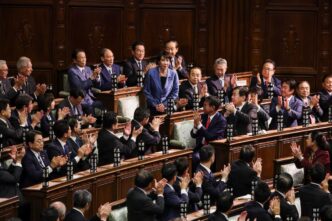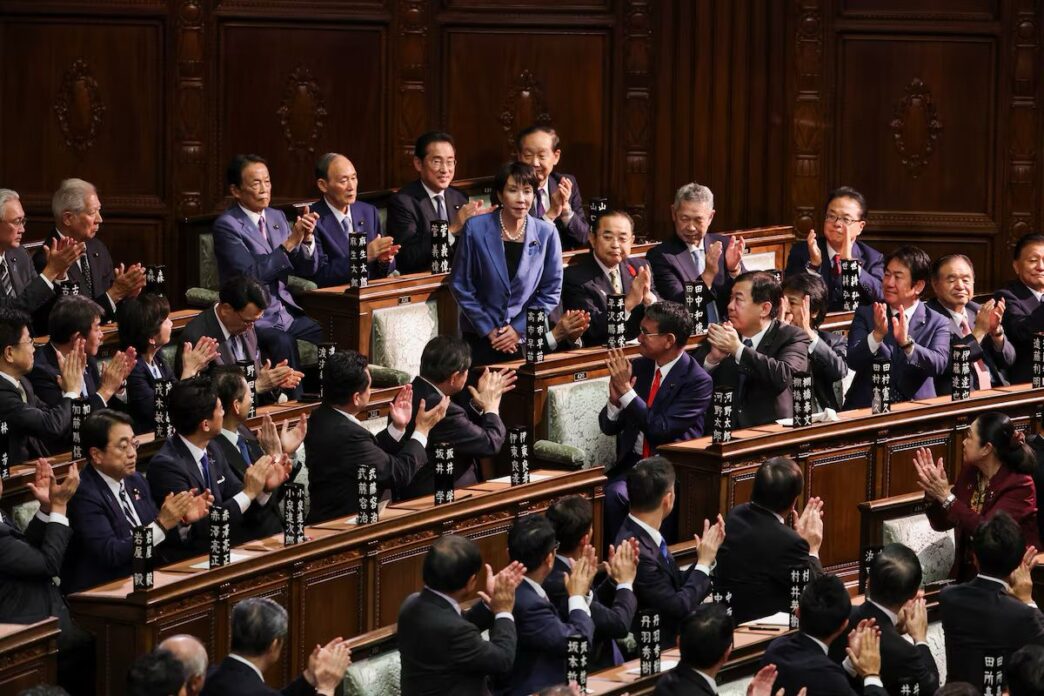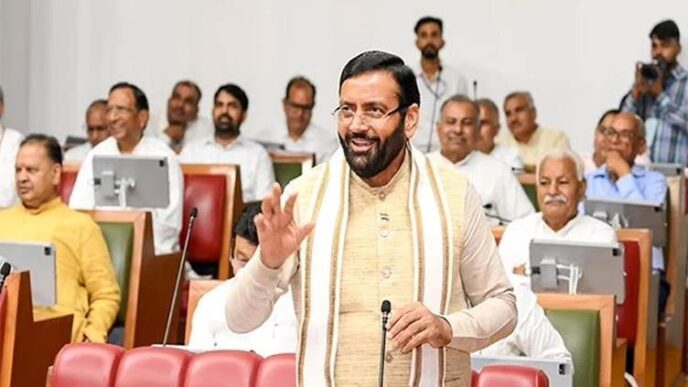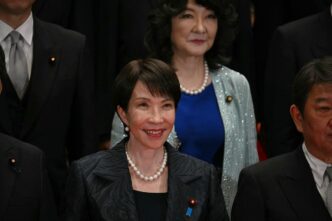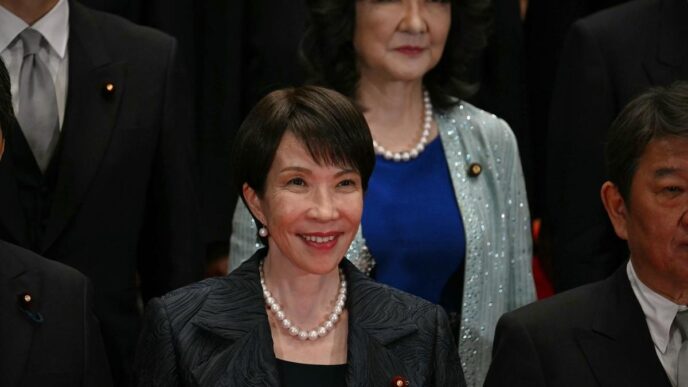On 21 October 2025, Japan’s parliament elected Sanae Takaichi as the country’s first female Prime Minister, a landmark moment in Japan’s political history. Her elevation coming from what many consider a modest background, by the standards of Japan’s political elite—is a dramatic story of perseverance, politics and shifting tides.
From Humble Roots to the Apex
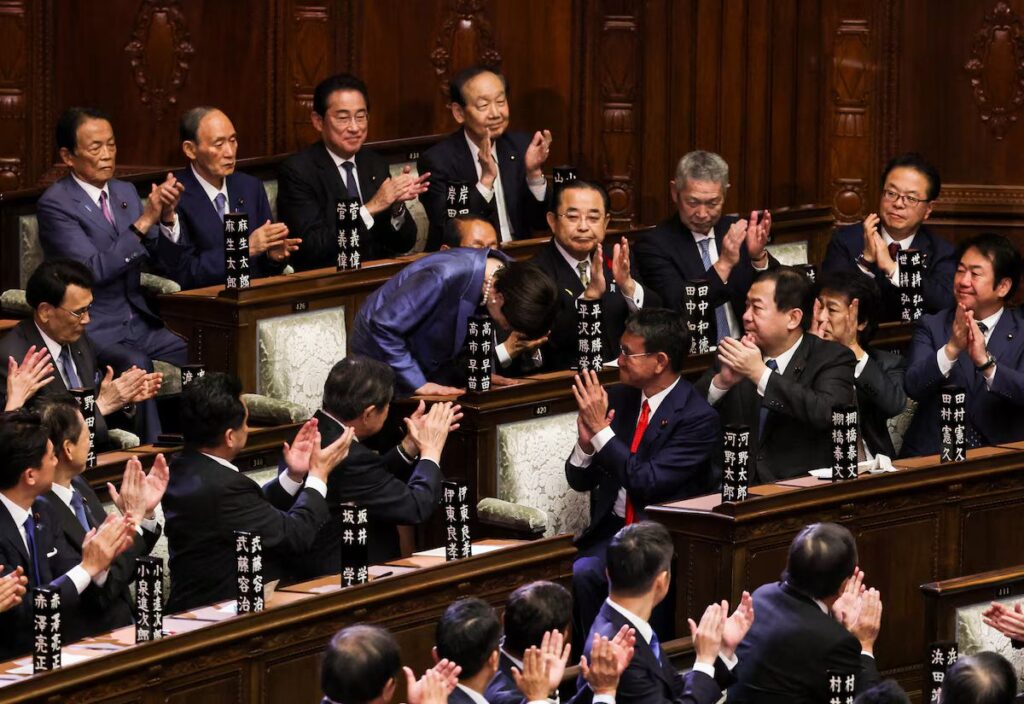
Born on 7 March 1961 in Yamatokōriyama, in Nara Prefecture, Takaichi grew up outside the aristocratic, political‐dynastic families that dominate much of Japan’s leadership.
- Her father worked for a car‐company affiliate of Toyota; her mother served with the Nara Prefectural Police.
- After high school (Nara Prefectural Unebi High), she qualified for admission to prestigious Tokyo private universities such as Keio or Waseda but did not attend them because her parents refused to pay for her to leave home or select a private university simply because she was a woman.
- Instead she attended Kobe University (a state university), commuting long hours from home.
Political Ascent & Historical Breakthrough
Takaichi’s rise in the ruling Liberal Democratic Party (LDP) culminated in her becoming party president on 4 October 2025, putting her on track to become Japan’s first female prime minister.
Key milestones:
- Long served in various ministerial roles, including Economic Security Minister under Prime Minister Fumio Kishida (2022-24).
- On 4 October 2025, she defeated Shinjiro Koizumi in the LDP presidential election, becoming the first woman to hold that role.
- On 21 October she was elected by the Diet, securing approval to serve as Japan’s Prime Minister.
While her election marks a historic “first,” analysts caution it is not necessarily a turning point for gender equality in Japanese politics—given her conservative social views.
Leadership Style & Policy Orientation
Takaichi is widely seen as a conservative, hawkish politician aligned with former Prime Minister Shinzo Abe, and known for her strong views on national defence, constitutional revision, and economic security.
Some policy highlights:
- She has proposed “crisis‐management investment” in fields like AI, semiconductors, advanced medicine and national security, arguing Japan must proactively bolster its resilience and growth potential.
- On social issues, she opposes the separate surnames for married couples, same‐sex marriage and female succession to the imperial throne—positions that place her outside the mainstream of many gender‐equality advocates.
Her leadership thus embodies both a breakthrough (as the first woman at Japan’s helm) and continuity of a conservative agenda.
Why This Story Resonates
Symbolically: Her rise shatters a glass ceiling in a country that has long lagged many peers in women’s political representation. Japan ranked poorly in the 2025 Global Gender Gap Report for political empowerment.
Substantively: Her focus on “economic security” and structural reforms reflects Japan’s urgent challenges aging society, sluggish growth, geopolitical tensions and positions her to shape the next stage of Japan’s domestic and foreign policy.
Narrative: A young woman from Nara, whose parents refused to send her to a private Tokyo university because she was female, now stands on the world stage as the leader of the nation. That journey from limitation to leadership is compelling.
Looking Ahead: Opportunities & Challenges
- Opportunity: Takaichi has the chance to redefine Japan’s global stance and push through long‐deferred structural reforms, including in technology, defense and the economy.
- Challenge: Her conservative social positions may limit her ability to galvanise younger or female voters. Also, she inherits a coalition with fragile backing and must manage a shift in Japan’s political landscape.
- Signal: For many women in Japan and across Asia, her premiership signals that the highest office is not unreachable—though the nature of her policies may not match all progressive expectations.
Final Word
Sanae Takaichi’s ascent is historic and symbolic: from rural Nara to Japan’s top political post; from being told no tuition if she left home as a woman, to leading the government of the world’s third-largest economy. Her story underscores both how far Japan has come and how far it still must go in terms of gender, politics and leadership.
Her tenure will be watched closely: will she leverage this breakthrough to deliver inclusive reform, or will her conservative orientation temper the promise of change? Either way, her name will mark a turning point in Japan’s modern history.
Also Read: Sanae Takaichi Set to Become Japan First Female Prime Minister
